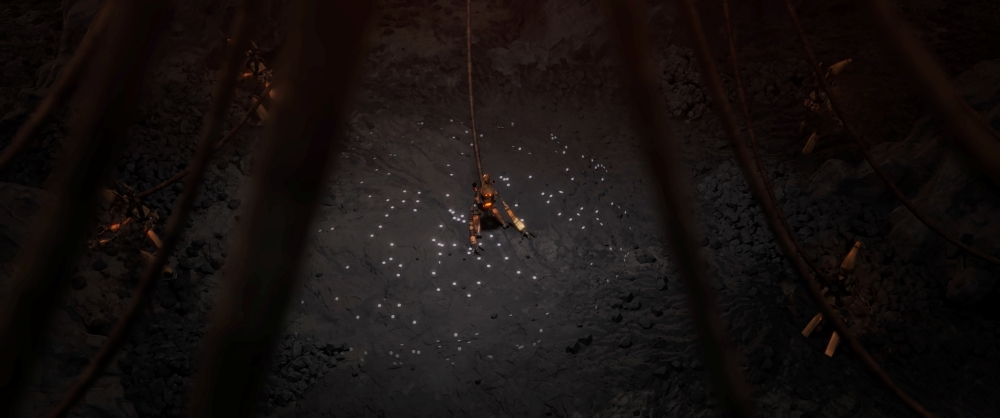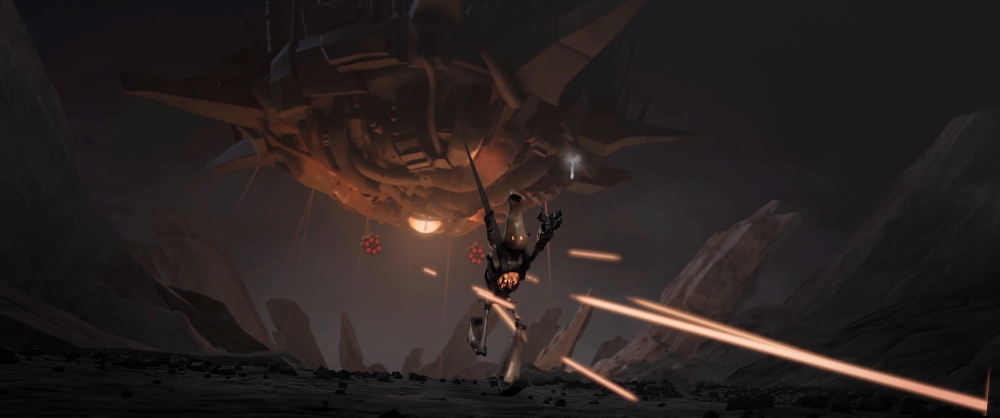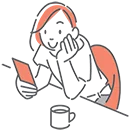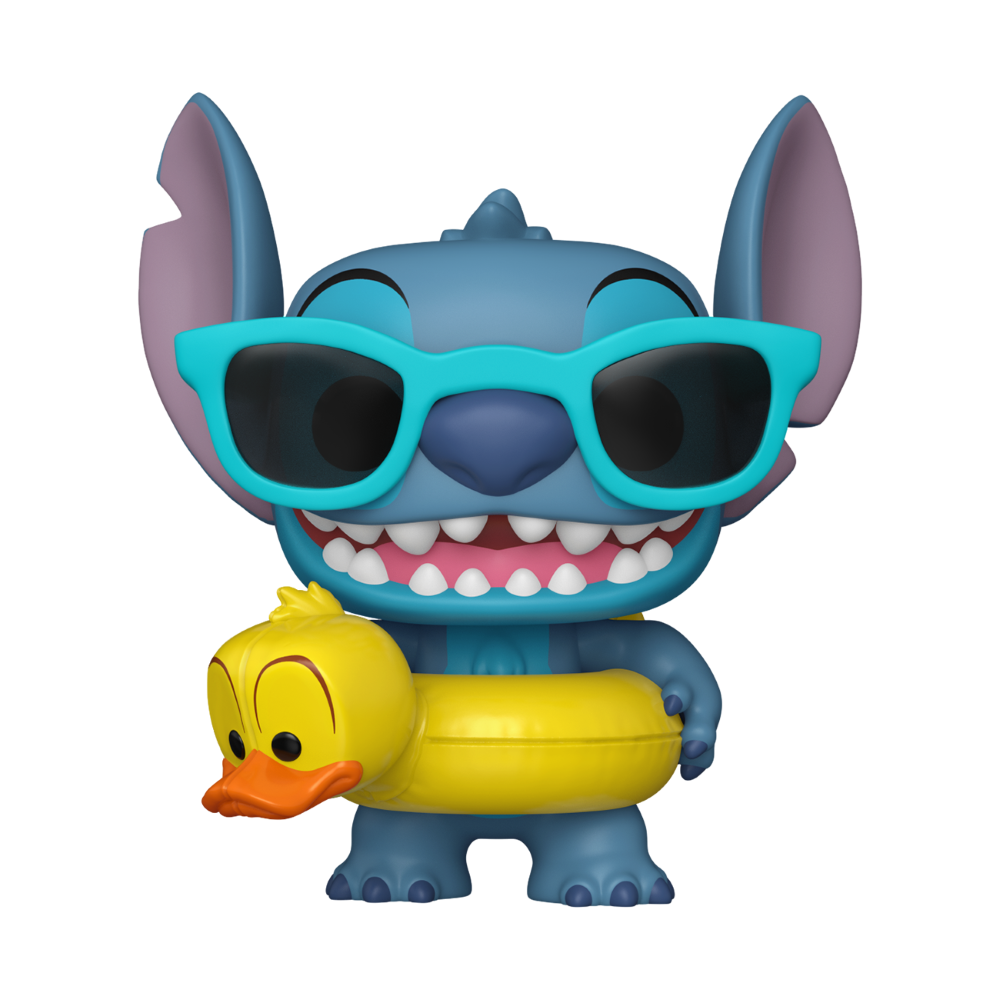|
Getting your Trinity Audio player ready...
|
First completed in 2023, Zhengwu Gu and Ling Zhao’s animated short Dandelion is set in a cold dystopian world in which a coal-burning robot first discovers a dandelion. The beautiful CG-animated short. The project was a popular selection at over 40 festivals worldwide last year and won prizes at the DaVinci International Film Festival and Beaufort International Film Festival, and took home the Best of Ringling, Computer Animation Gold Award 2023.
Gu, who recently graduated from Ringling College of Art and Design, answered a few of our questions about his short:
Animation Magazine: Can you tell us a little bit about how you started working on Dandelion at Ringling?
![Zhengqu Gu (left) and Ling Zhao [c/o subjects]](https://www.beta.animationmagazine.net/wp-content/uploads/LingZhao_ZhengwuGu_RepHeadshot-240x240.jpg)
During a brainstorming session with my creative partner and co-director, Ling Zhao, she suggested, “What if it’s a glowing dandelion?” That simple idea immediately clicked with both of us. It gave the image a poetic and symbolic depth that perfectly aligned with our vision. Encouraged by the strong reactions from our classmates and mentors, we decided to bring this world and story to life.
What were the inspirations for your work?
My greatest inspiration comes from personal experience and how I interpret the world around me. I believe that’s the essence of art — it reflects a person’s journey. Even when I try not to project myself directly onto a character, part of me always finds its way in —especially in the robot protagonist.
From the start, I didn’t treat this project as just an animated film — it was a deeply personal expression through animation. That mindset took me from my hometown of Nanjing, China, all the way to Ringling College in Sarasota, Florida. Living in Florida during the pandemic, far from home, shaped how I viewed the world. The tropical climate and lush environment — so different from Nanjing — felt vivid, even fierce, but harmonious. When searching for inspiration, I often walked along the beach. The sea breeze helped my thoughts drift freely, as if the answers were floating in the air.
Despite the geographical and cultural differences, I realized people everywhere share similar hopes and longings. From the beginning, I wanted to explore the story to its most universal essence and explore themes like human will, societal structures and personal aspiration. The dandelion represents ideals; the robot represents human nature. The film balances idealism and realism — beginning in curiosity and repression and ending in sorrow and courage. That, to me, is the spirit of Dandelion.
How many people worked on it, and how long did it take to make?
The core team behind the film was just the two of us — my partner Ling Zhao and myself, Zhengwu Gu. We co-directed the film and handled the entire production, from concept design to post-production. In addition, we had a small but incredible support team of about a dozen friends, mentors and a music production group who helped us refine the work. The project took roughly one year to complete.
How did you arrive at the striking visual style of the short?
The visual style of Dandelion is intentionally darker and more intense than most animated films. We wanted to create a heavy, sharp atmosphere — something that evokes a constant sense of pressure and looming threat. To achieve this, we used realistic textures — metal, stone, smoke — and rendered them in darker tones to preserve the mood. We leaned into strong visual contrasts: between light and shadow, large-scale industrial backdrops and intimate emotional moments. The floating factories and desolate mines stand in stark contrast to the glowing, delicate dandelion seed.
Our style exists somewhere between the gritty realism of Love, Death + Robots and the emotional subtlety of Studio Ghibli — a bleak, industrial world punctuated by quiet but powerful moments of warmth, detail and hope. That visual contrast mirrors the thematic heart of the film.
Which animation tools were used to create it?
We primarily used Autodesk Maya for all animation work. Other tools included ZBrush for sculpting, Substance Painter for texturing, Houdini for environment creation and simulations, Nuke for compositing, Photoshop for matte painting and design, and Adobe Premiere for editing. It was a full pipeline project, using industry-standard tools from start to finish.
How did Ringling help with the production?
Attending Ringling College was one of the best decisions I’ve ever made. The faculty provided not only strong technical training, but also the mindset to turn abstract ideas into a fully realized film using advanced tools and techniques. More importantly, they encouraged us to think beyond animation — challenging us on story structure, character design, and even philosophical underpinnings. That guidance was invaluable in helping us craft Dandelion into a work that’s both artistically and emotionally complete. Anyway, it’s the best for place if you want to create your independent animation film.
Who are your some of your animation heroes?
First, I’d like to thank my parents. Though they’re not in animation, they’ve always been deeply engaged in the arts, and their perspective helped shape my creative path. Hayao Miyazaki and Studio Ghibli were my earliest inspirations. They showed me that animation could be both whimsical and profound. Later, films like WALL·E from Pixar opened my eyes to the expressive potential of 3D animation and inspired me to learn the technology behind it.
I also want to thank my creative partner, Ling Zhao. Her talent and dedication made it possible for our shared vision to come to life in this film.
What would you say was the toughest part of the creative journey?
The biggest challenge came in the early stages of writing. The story initially felt more like an idea than a full narrative — it lacked structure, character development and meaningful plot turns. We spent a long time refining the script and storyboards to shape a story that was emotionally engaging and thematically coherent. Translating abstract feelings into a readable and resonant narrative was by far the most difficult part — much more so than the technical execution.
What are you happiest about?
Superficially, I’m proud that Dandelion has been selected by over 40 international film festivals and has received more than a dozen awards. But what makes me happiest is the emotional connection the film has created with audiences. I used to wonder if the things I found meaningful or beautiful would resonate with others. The success of Dandelion confirmed that they could — and that has been the most rewarding part of the entire journey.
What do you hope audiences will take away from your short?
I hope every viewer finds their own meaning in the film. For some, it might be about the pursuit of freedom. For others, the relationship between humanity and nature. Children might see it as a classic tale of good versus evil. Ultimately, I hope it inspires a universal reflection — on how we pursue our ideals, and the spirit with which we do so.
Do you have any big plans for the future?
Looking ahead, I’m working on starting an independent animation studio with a group of close friends. I’m passionate about creating original work that goes beyond mainstream conventions — projects that reflect our unique artistic visions and philosophical perspectives, while still using the form of animation we’re familiar with, such as TV series, commercials, shorts and potential feature films. I believe animation still holds tremendous untapped potential both within and beyond its industry, and I hope to contribute works that are meaningful, thought-provoking, and visually original.
Lately, I’ve also been exploring the intersection of animation and immersive technology. I’ve started experimenting with VR and other emerging platforms — especially those powered by today’s most popular immersive technologies — with the aim of developing sophisticatedly new formats for storytelling and artistic expression. At the same time, how AI can enhance the general production quality and efficiency of animation is a project I will work on. It’s not just about pushing technical boundaries — it’s about creating new ways for people to connect with art, reflect on society and experience animation in ways that haven’t existed before.
See more of Zhengwu Gu’s work at sevenoogu.wixsite.com/zgconcept. You can watch Dandelion in full below.







 Win a Funko X Lilo & Stitch Prize Pack!
Win a Funko X Lilo & Stitch Prize Pack! 